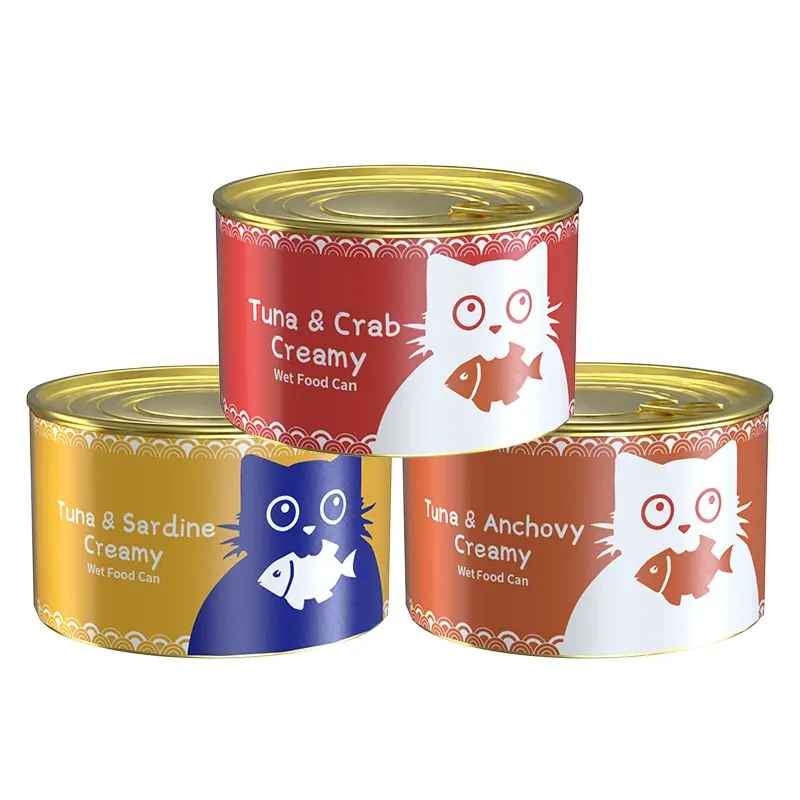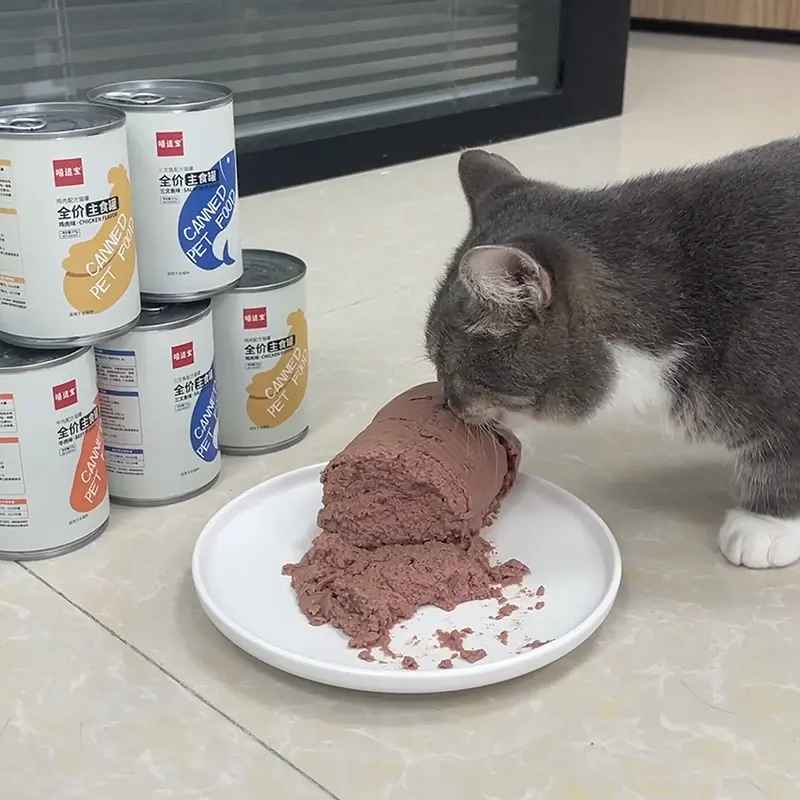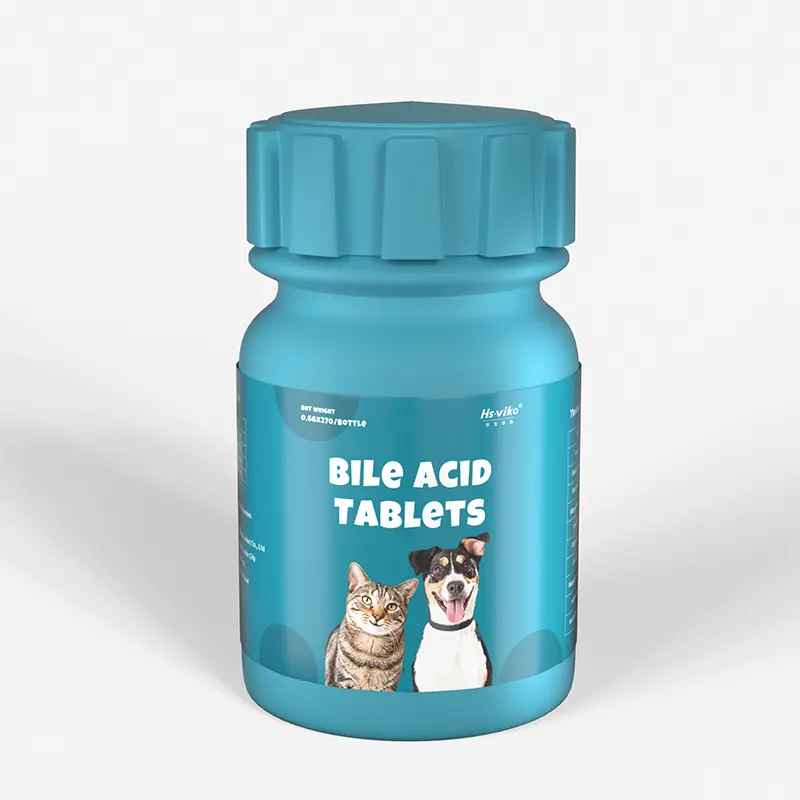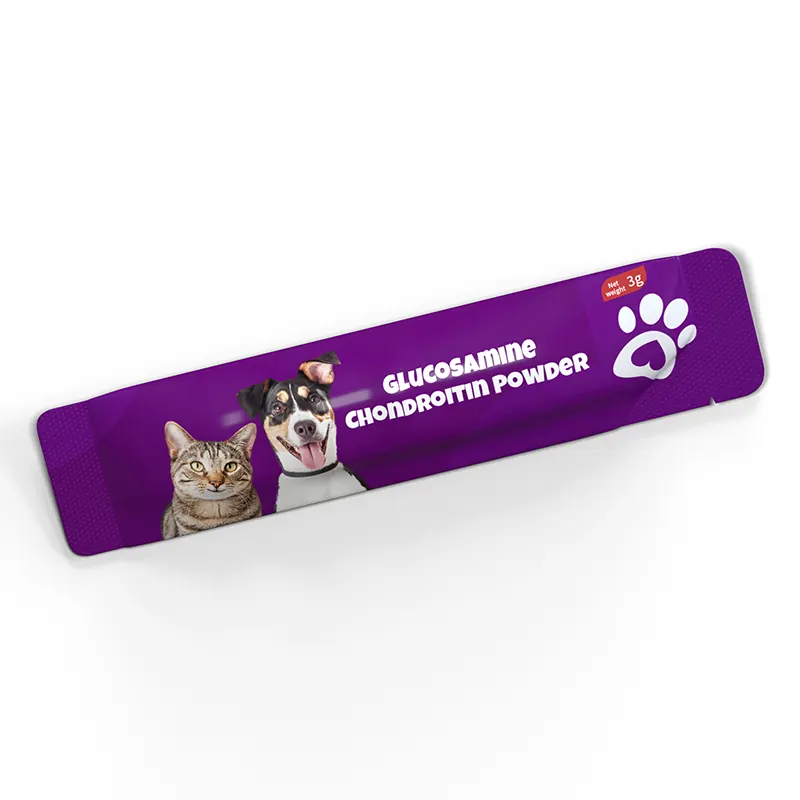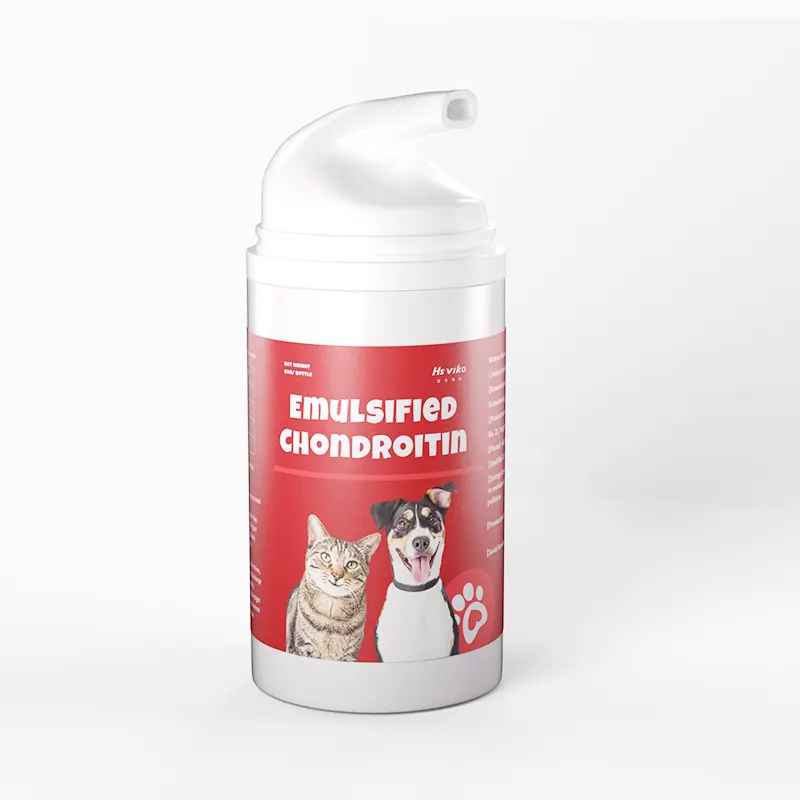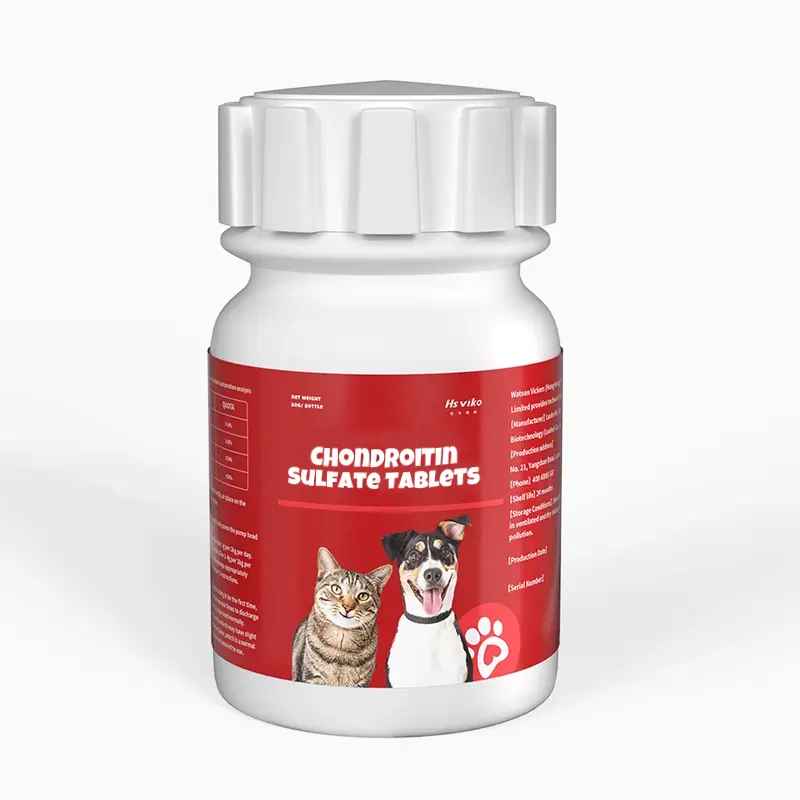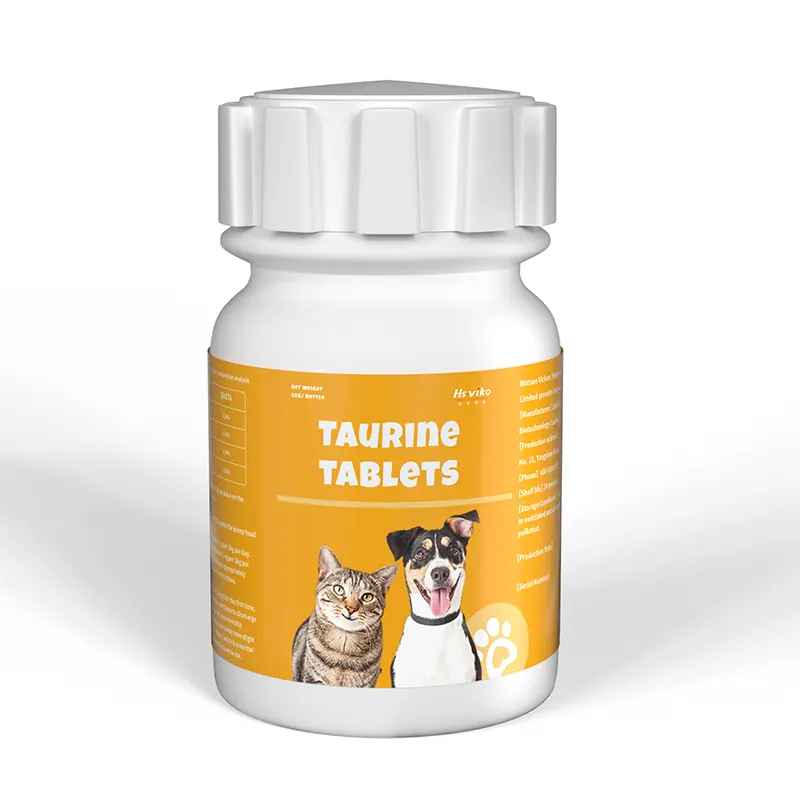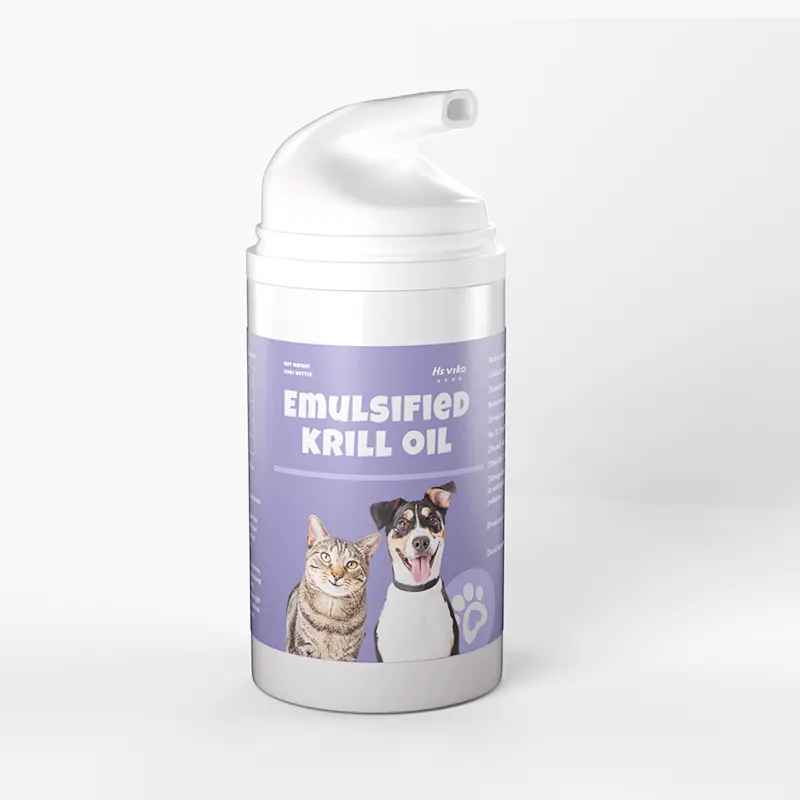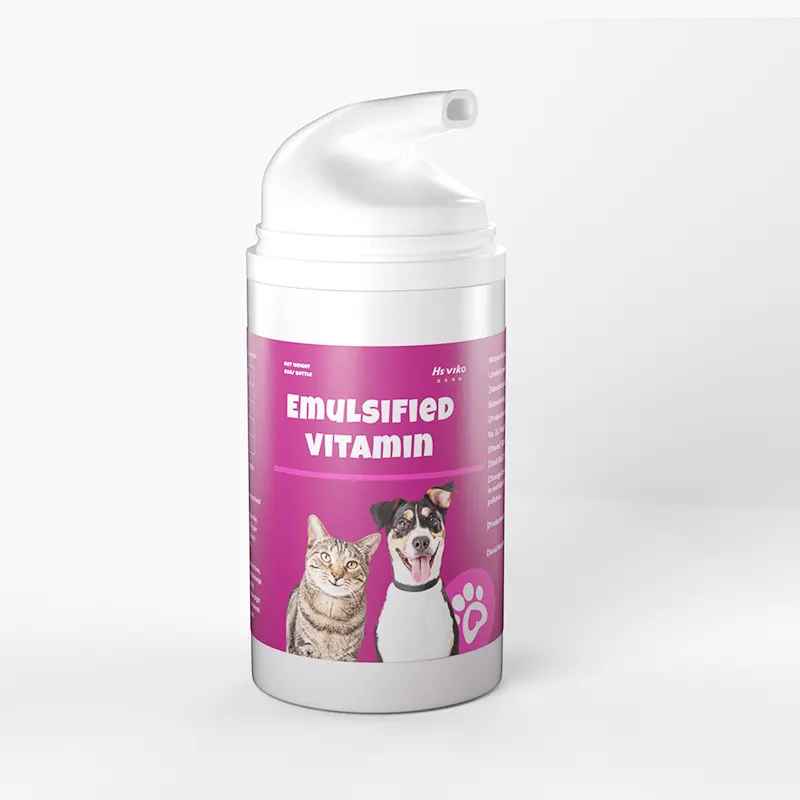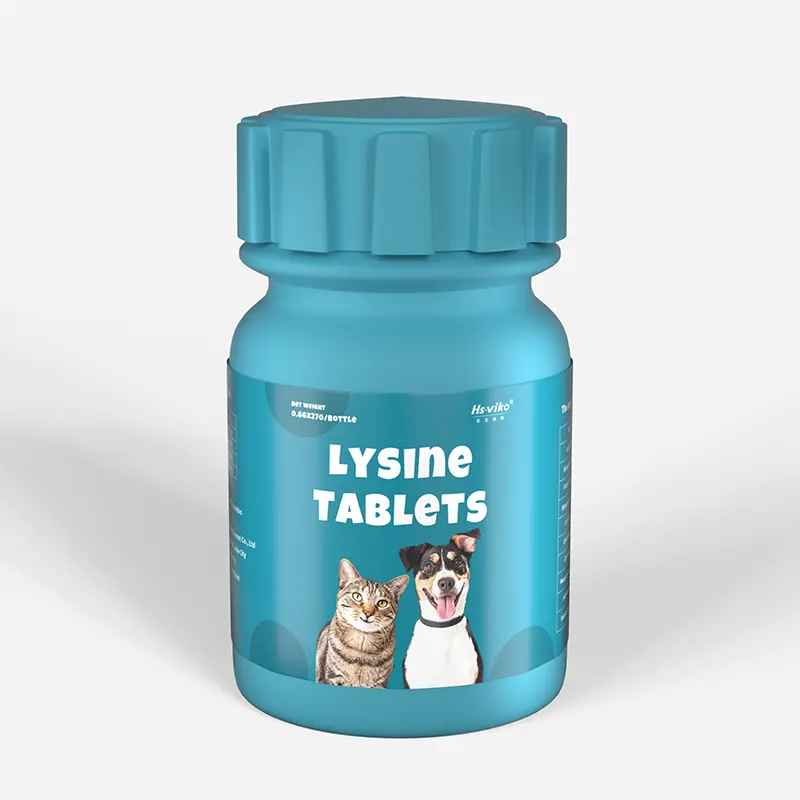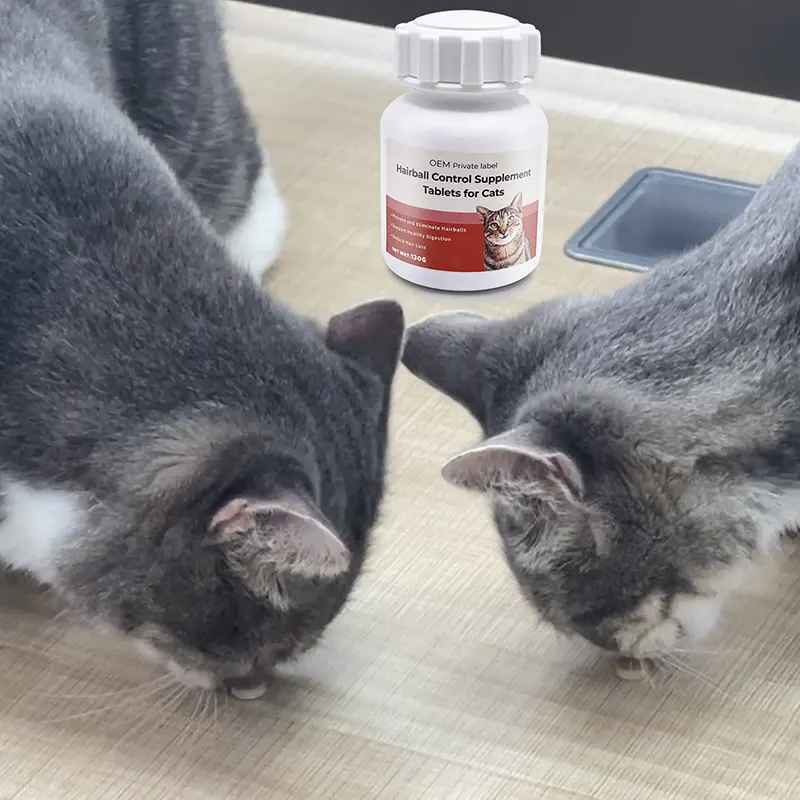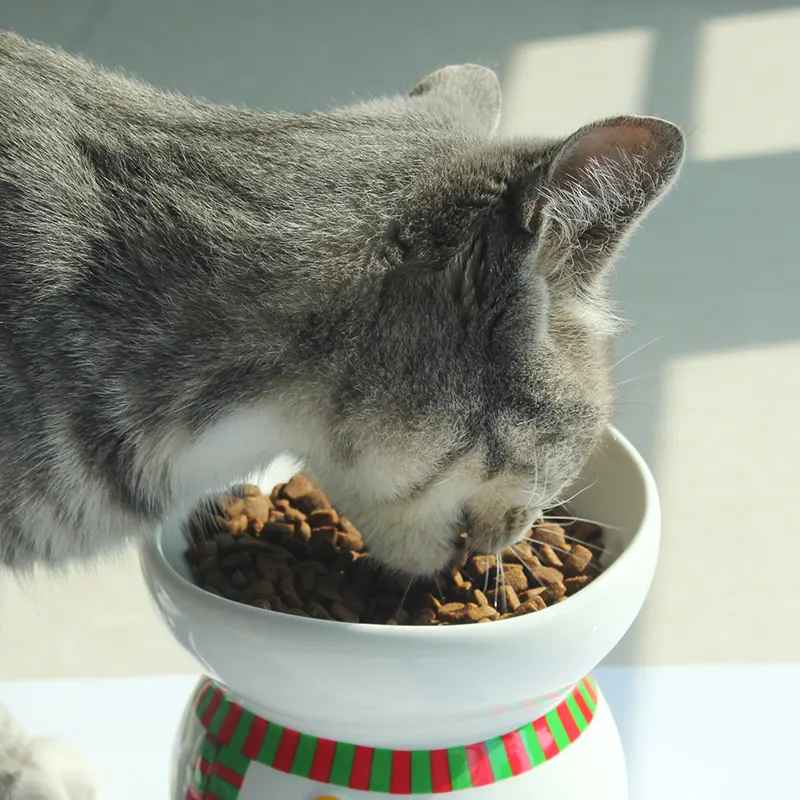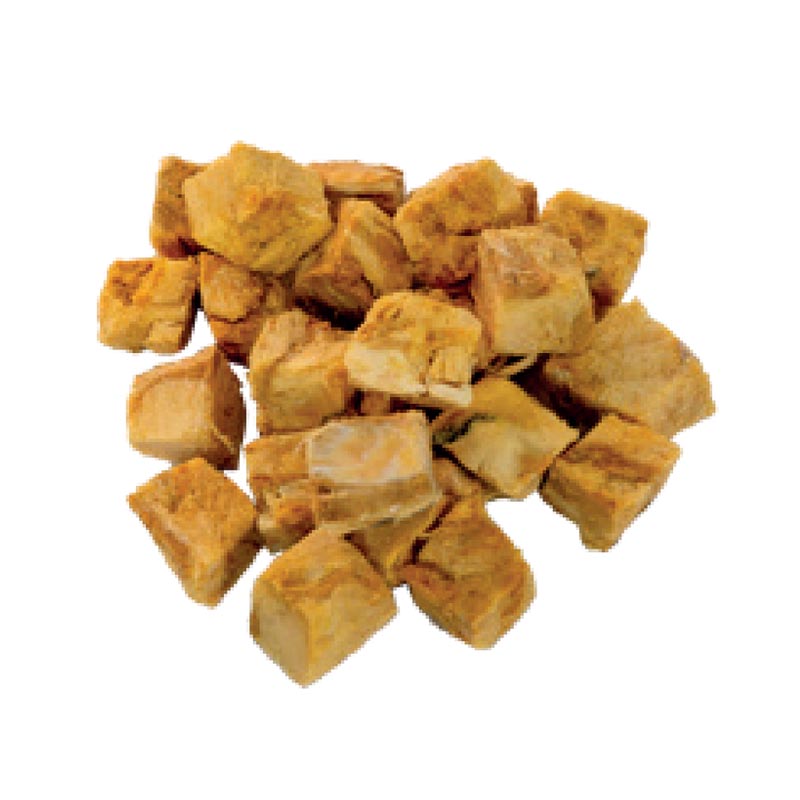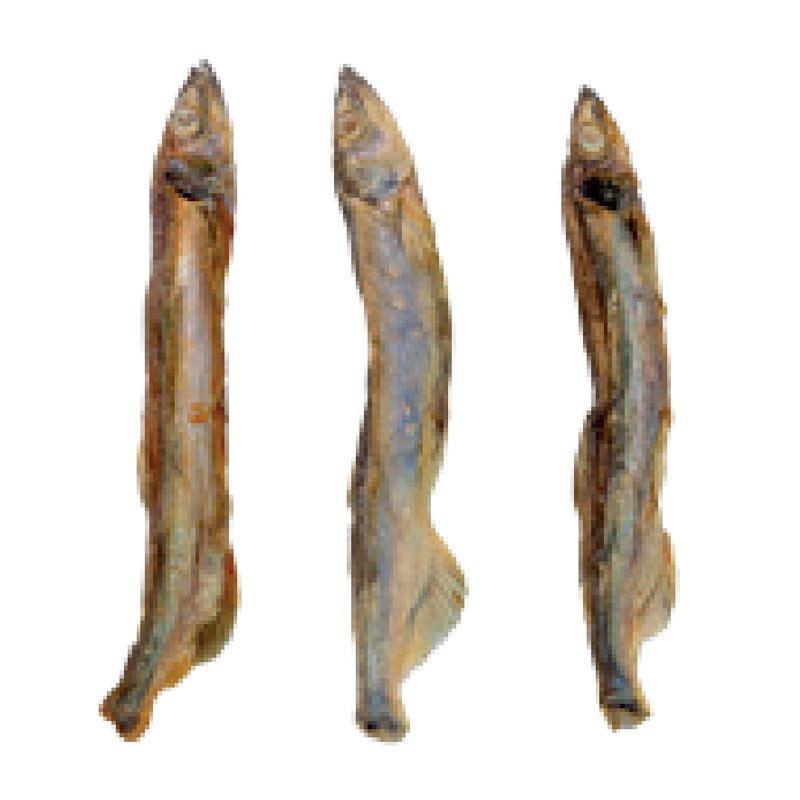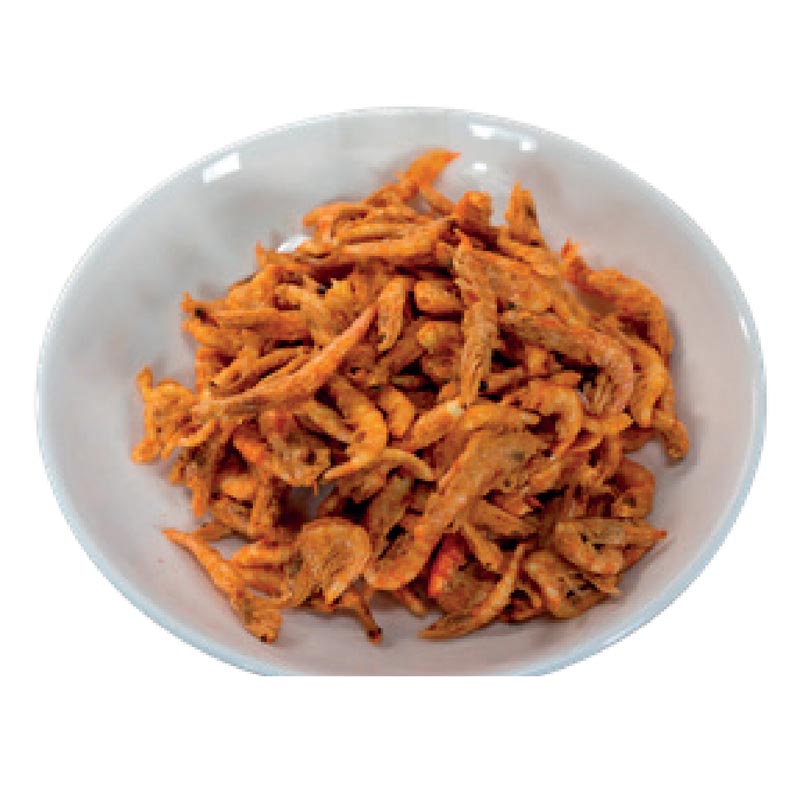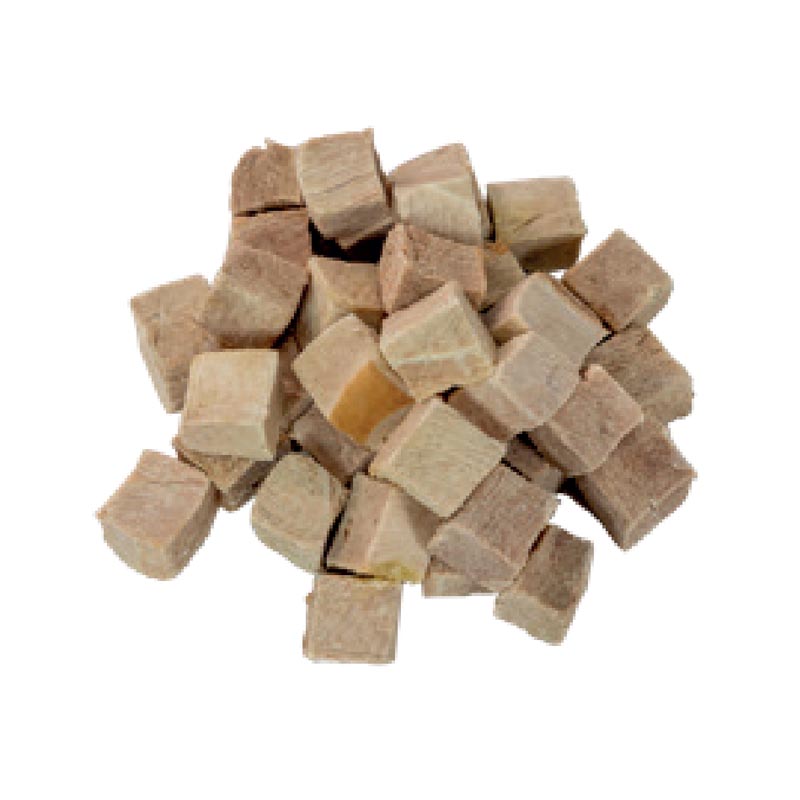How much canned wet food to feed a cat
Cats are an important family member, so their diet is essential. When choosing canned food for your cat, you may wonder, for example, how much canned wet food he needs daily. How often should I feed it? How do you store the wet food? And other questions. Giving your cat the right amount of canned food and determining the correct feeding frequency is essential to keeping your cat healthy.
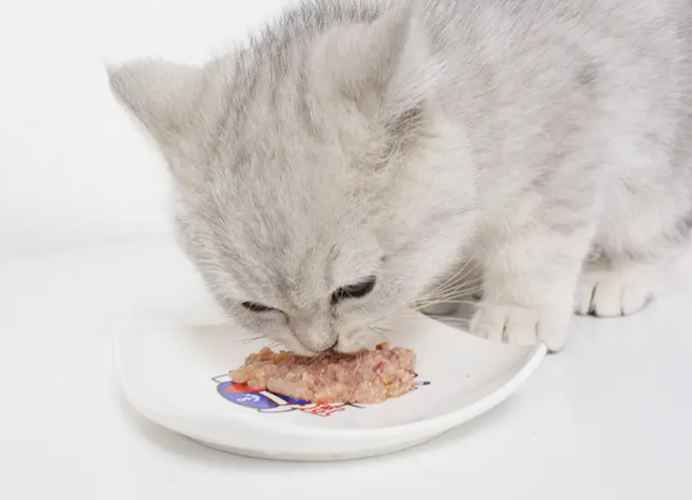
Many pet food manufacturers may give you some feeding guidelines, but they may need to be more appropriate for your cat. To determine how much canned wet food to give your cat, you must consider several factors, including age, weight, activity level, breeding status, and health.
How do I determine how much canned wet food to feed my cat daily?
Determine how much-canned food to feed your cat by looking at their age and weight, activity level, and reproductive status. This is based on the nutritional needs of cats in different states of life. Meeting their nutritional needs without giving them too much or too little canned food will help their weight management and overall health.
Age of the cat
Kittens: Kittens are in a growth spurt and need more calories. Typically, they need about 2-3 times as many calories as an adult cat. For example, a 5-pound kitten may need about 320 calories, which is equivalent to about 4.5 cans of wet food per day, while a 10-pound kitten may need about 550 calories, or about 7.75 cans of
Adult Cats: an average cat (10 pounds) needs about 3 ounces of canned wet food daily.
Older cats: as their metabolism slows down and their activity level decreases, older cats need fewer calories.
Cat Weight
What a cat weighs more is the more energy it needs each day. A cat’s body functions and muscle tissue require energy to maintain. If you give your cat too little canned food, he may follow you around and purr. Cats not consuming enough energy for an extended period will also experience weight loss.
Reducing calorie intake while providing adequate nutrition for overweight cats is vital. An overweight cat weighing 10 pounds may require about 220 calories, equating to about 3.125 cans of wet food daily!
To work out exactly how much to feed each time, you need to know the calorie content of your chosen canned food. Typically, a can of cat food of around 85 grams contains around 60-100 kcal of energy. Assuming that an adult cat needs about 400 kcal of energy per day (in the case of a cat weighing 4kg), it would need about two to three small cans (85g each) per day.
Cat’s activity level
If your cat likes to be active and walk around, he needs more energy than kittens who like to sleep. For example, an active 10-pound cat may need more energy intake than the standard recommendation, while a less active cat may need less energy.
Cat’s reproductive status
If your cat is in a fertile state or nursing, when it needs more nutrients than usual, you can increase the frequency of feedings according to its needs.
Pregnant or Lactating Cats: Pregnant or lactating female cats require 25-50% more calories than a typical adult cat. For example, a 10-pound pregnant cat may require about 450 calories, equivalent to about 6.33 cans of wet food.
During peak lactation, a cat’s energy needs may double or exceed normal. Now, canned wet food designed for lactating cats can be offered, which contains higher protein and energy density.
Spayed/Neutered Cats: Spaying or neutering can reduce a cat’s metabolism by about 30%. Therefore, adjustments in feeding amounts are necessary to prevent weight gain.
Cat Wet Food Feeding Guide
| Weight (lbs) | Kitten (calories/can) | Skinny cat (calories/can) | Overweight cat (calories/can) | Pregnant cat (calories/can) | Nursing cat (calories/can) |
| 5 | 320 calories / 4½ cans | 160 calories / 2¼ cans | 130 calories / 1¾ cans | 260 calories / 3½–3¾ cans | 260 calories / 3½–3¾ cans |
| 10 | 550 calories / 7¾ cans | 275 calories / 4 cans | 220 calories / 3⅓ cans | 450 calories / 6⅓ cans | 450 calories / 6⅓ cans |
| 15 | 20 calories / 10¼ cans | 360 calories / 5⅛ cans | 300 calories / 4¼ cans | 585 calories / 8⅓ cans | 585 calories / 8⅓ cans |
| 20 | 880 calories / 12½ cans | 440 calories / 6¼ cans | 370 calories / 5¼ cans | 715 calories / 10 cans | 715 calories / 10 cans |
Why do cats need tinned wet food?
Canned wet food is the ultimate feast for your cat’s palate; it tastes delicious and is easier to absorb than dry food. What is the difference between wet food and dry food? Click to read.
Hydration
Scientific studies have shown that water makes up 60 per cent of a cat’s body, and wet food can provide hydration for your cat. Feeding your cat wet food can effectively reduce health problems caused by lack of hydration. Can wet food hydrate your cat?
Balanced nutrition
Wet food is rich in meat, and cats can get a wide range of high-quality proteins from canned wet food. It satisfies your cat’s nature of being a meat lover and gives it a sense of well-being.
Easier to chew
Canned wet food is the best quality food for cats with dental problems, and canned wet food is more accessible to chew and has a softer texture than dry food.
How often should you feed your cat tinned wet food?
How often you feed your cat wet food depends on how well your cat is fed and can be fed in different ways. Can you mix wet and dry cat food?
Multiple Meals: For cats on an all-wet diet, feeding them two to three meals daily is typical. It imitates their natural hunting behaviour and helps to keep them interested in food.
Mixing wet and dry food: Adult cats can be fed canned wet food once or twice a day, usually in combination with dry food, to ensure they get balanced nutrition. Benefits of mixing wet and dry cat food
There is no set time to feed canned food to your cat, but try not to feed for more than two hours at a time to prevent deterioration of the canned food when it comes into contact with air, which poses a dietary risk to your cat.
Be careful not to overfeed your cat. Canned meat is high in protein and calories, and overfeeding can lead to obesity.
How to Store Wet Cat Food?
Opened but not consumed cans of wet food should be covered and stored in the fridge. They can be stored for up to 2 days and need to be consumed within two days. Guide to Store Wet and Dry Cat Food
How do I choose a quality canned cat food?
Pet shops are full of different types of items at different prices, but it’s not true that the higher the price, the better the quality of the canned cat food.
Calorie content: different wet food brands and types have different calorie contents. Always check the label to determine how many calories are in each serving to calculate your cat’s daily needs accurately.
Complete and balanced diet: The wet food should be labelled ‘complete and balanced’ by the Association of American Feed Control Officials (AAFCO), meaning it meets your cat’s nutritional requirements.
Versatility: Offering a variety of flavours and textures will keep your cat interested in their meals and ensure they receive a balanced diet.
Conclusion
Feeding your cat tinned wet food requires careful consideration of their needs based on age, weight, activity level and health. Finally, always discuss the best dietary regime for your cat with your vet.
One of the most powerful pet product brands in China. With more than ten years of experience in pet supplements is production. Provides one-stop service for pet health care products, medicine and food for the whole world, including customization, OEM, ODM and wholesale.
Related Posts:
- Lysine Benefits for Cats, Dosage, and Safety Tips for All Ages
- Cat Exercise and Nutritional Balance Guide: Boosting Cat Health with Pet Supplements
- What vitamins do cats need? Pregnant Cats & Older Cats Complete Guide
- Lysine supplements for cats: effects, benefits and side effects
- What Vitamins Should I Give My Cat? Expert Tips for Cat Owners
Search
© 2023-2024. All Rights Reserved. Copyright By HsViko Pet Supplies | Privacy Policy

